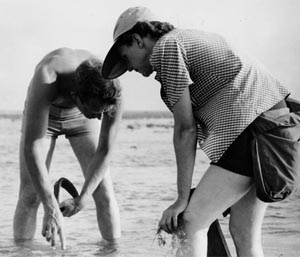Saturday, May 12th
10.00 am to 6.00 pm (8.00 am for a pre-opening bird walk)
Mason Neck State Park, 7301 High Point Rd, Lorton, VA 22079
See shows and talks in two tents, including live animal presentations by Reptiles Alive, Secret Garden Birds and Bees, and Wildlife Center of Virginia; and, with luck, there will be a visit from Buddy the Bald Eagle. In addition, there will be hay rides, pony rides, food for purchase, two live bands, walks to view nesting bald eagles and (hopefully) their young, a live Bald Eagle Cam, and mini-clinics by REI, Inc. Check out the booths set up by environmentally-oriented groups such as the Fairfax Master Naturalists, Audubon Society of Northern Virginia, Dogue Hollow Wildlife Sanctuary, U.S. Fish and Wildlife Service, Potomac Riverkeepers, and the Virginia Sierra Club.
Weather permitting, we’ll also have a Boating Bonanza, where you can try out canoes, kayaks and stand-up paddle boards. Presented by Friends of Mason Neck State Park. Learn more or volunteer to help at the event.















